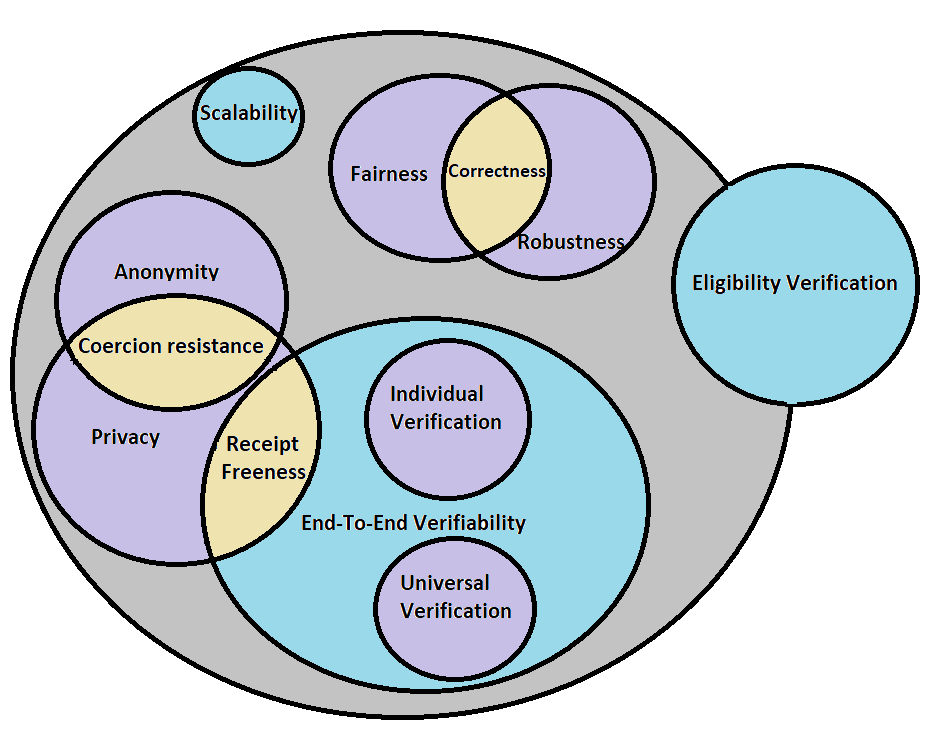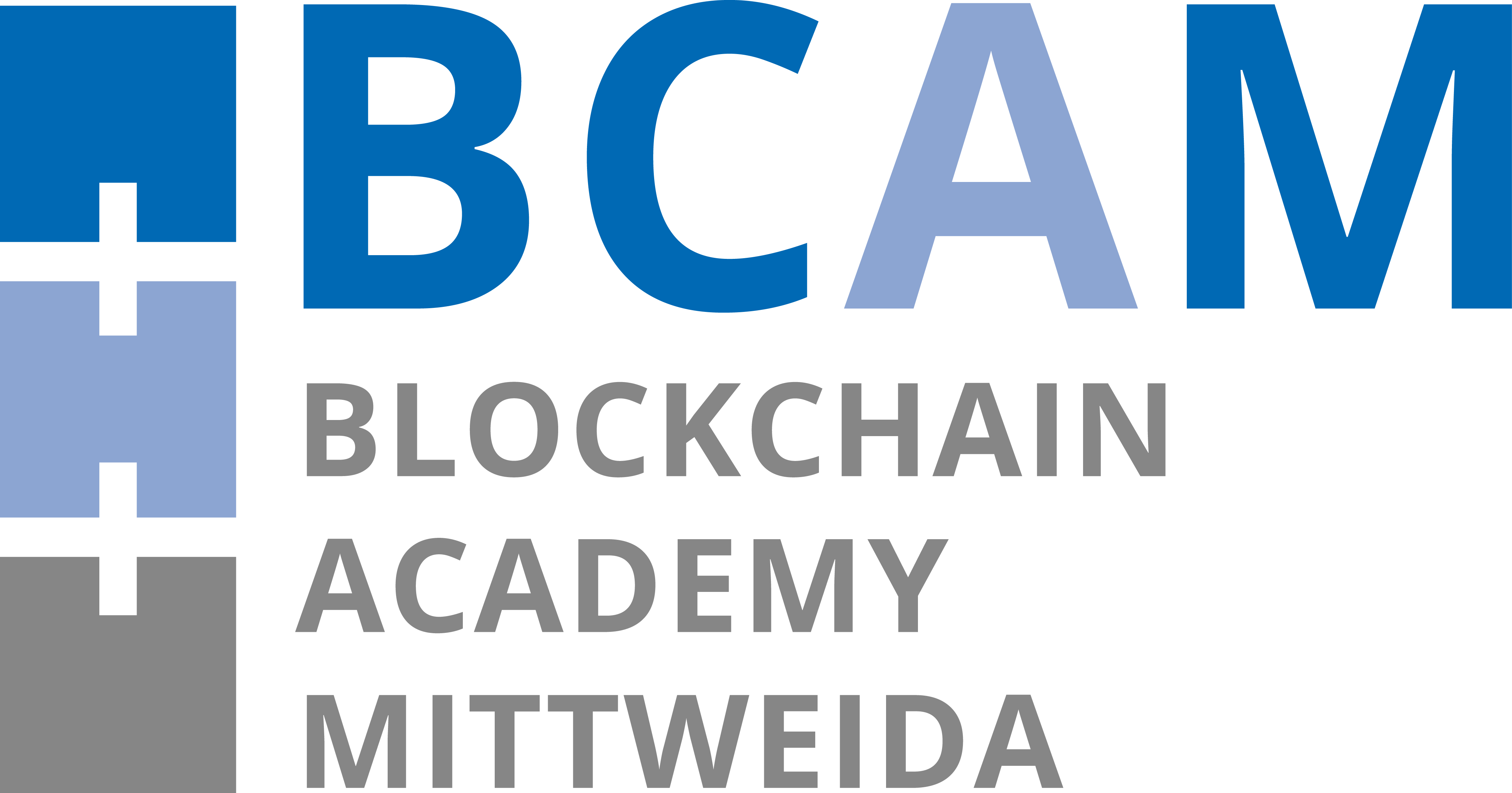Scalability and Privacy in Blockchain-Based E-Voting System
Elections play a crucial role in democratic governance, yet traditional voting methods face significant challenges such as high costs, inefficiency, and security risks. Cryptographic advancements, including homomorphic encryption and elliptic curve cryptography, have improved e-voting security. Despite these improvements, centralized e-voting systems, such as Polyas, still grapple with issues related to privacy, transparency, and trust.
Blockchain technology, particularly Ethereum, has emerged as a potential solution due to its decentralized nature and smart contract capabilities. However, existing blockchain-based voting systems, such as Agora, Voatz, and FMV, face limitations, including scalability and coercion resistance.
Key Characteristics of Large-Scale E-Voting Systems
A reliable e-voting system must fulfill several essential properties, including privacy, transparency, verifiability, and scalability. After evaluating multiple blockchain-based voting protocols, twelve critical security properties were identified, which serve as evaluation criteria for e-voting solutions.

Evaluation of Existing Solutions
Several blockchain-based e-voting systems have been proposed, each with its own set of strengths and limitations. Agora offers end-to-end verifiability but depends on third parties, introducing potential security risks. Polys emphasizes verifiability but lacks strong coercion resistance. McCorry et al.’s Ethereum-based system struggles with both scalability and privacy. FMV employs elliptic curve cryptography but requires a trusted authority. VYV and Chaintegrity face coercion resistance issues and susceptibility to side-channel attacks. DecentraVote integrates zk-SNARKs for privacy but only functions on DApp browsers.
Designed Blockchain-Based E-Voting Prototype
To address existing challenges, a novel blockchain-based e-voting prototype has been developed. This system ensures a coercion-free voting process while maintaining privacy and scalability.
Building Blocks
- Ethereum Blockchain: Ensures transparency and decentralization.
- zk-Rollups: Enhances scalability by processing transactions off-chain.
- Threshold Paillier Encryption: Distributes trust among election authorities.
- Zero-Knowledge Proofs (ZKP): Verifies vote validity without revealing voter identity.
- Verifiable Shuffle and Mix Network: Disconnects votes from voters, ensuring coercion resistance.
- Linkable Ring Signatures: Enables anonymous voting while detecting double submission.
System Architecture
The proposed system comprises various entities, including smart contracts, voters, election authorities, and auditing authorities. Each plays a distinct role in ensuring a secure and verifiable election process.
Phases of the Blockchain-Based E-Voting System

1. System Setup: Five election parties act as administrators, randomly selected using a verifiable random function. They generate election parameters, initialize smart contracts, and prepare encrypted tokens for voters.
2. Registration Phase: Each voter receives a secret password, allowing them to register and obtain a unique ID stored securely on the blockchain. Linkable ring signatures ensure anonymity.
3. Authentication Phase: Voters create proof of membership using their unique ID. A smart contract verifies this proof without revealing voter identities.
4. Pre-Election Phase: Election authorities generate encryption keys and allocate tokens to registered voters. Merkle roots are stored on-chain to verify token authenticity.
5. Vote Casting Phase: Voters obtain one-time tokens for casting their votes. Encrypted ballots are submitted on-chain, ensuring privacy and integrity. Voters may re-cast their votes to mitigate coercion threats.
6. Post-Election Phase: Election parties verify votes, apply second-layer encryption, and introduce dummy votes to prevent vote tracing. A verifiable shuffling mechanism ensures privacy before decryption.
7. Tallying and Results: Threshold decryption is performed collaboratively to obtain final results. The blockchain verifies and publishes the results transparently.
8. Public Verification: Auditing authorities and the public can verify the final election results by matching encrypted votes with the published tally, ensuring transparency and trustworthiness.
Results and Future Outlook
Our new blockchain-based e-voting system enhances privacy, scalability, and coercion resistance. The use of Ethereum and zk-Rollups improves security and efficiency. Additionally, Gas Station Network and zkSync’s Paymaster feature remove transaction fee burdens from voters.
Although the protocol mitigates coercion through multiple vote submissions, potential vulnerabilities in the post-election phase remain. Further research is required to refine real and fake key mechanisms to enhance security.
This system presents a scalable, secure, and verifiable e-voting solution. The source code is available on GitHub at https://github.com/b2cm/eVoting for further exploration and implementation.

 Register
Register Sign in
Sign in